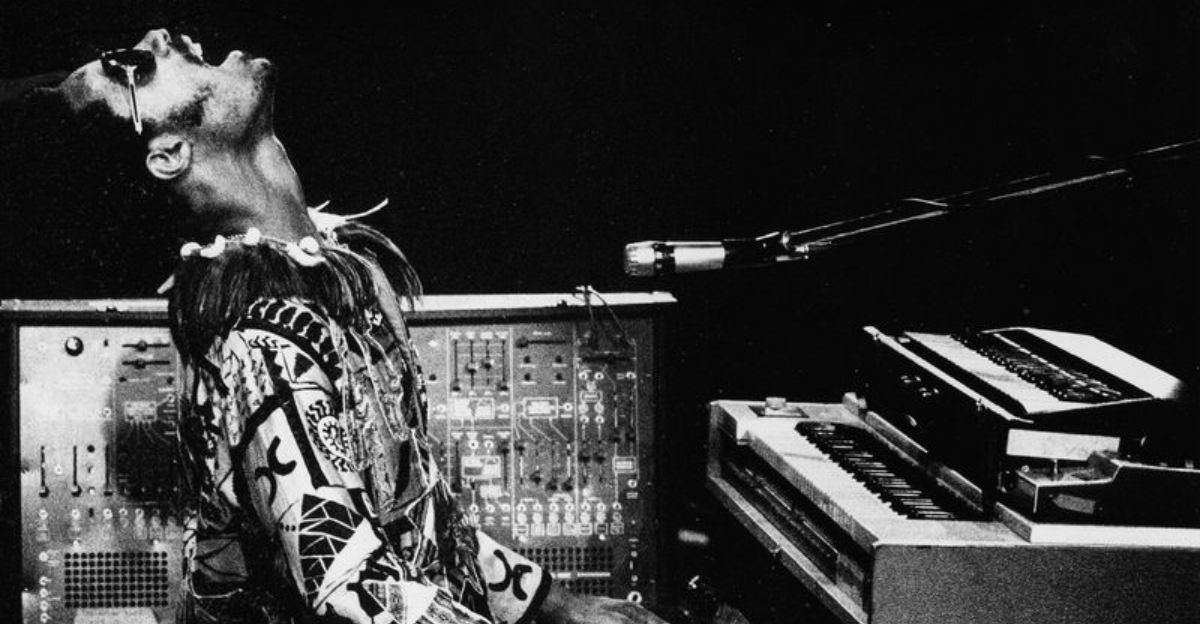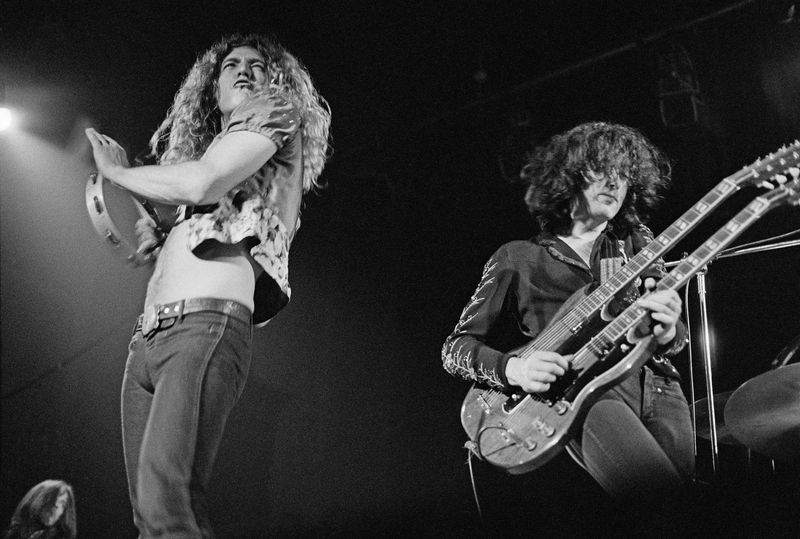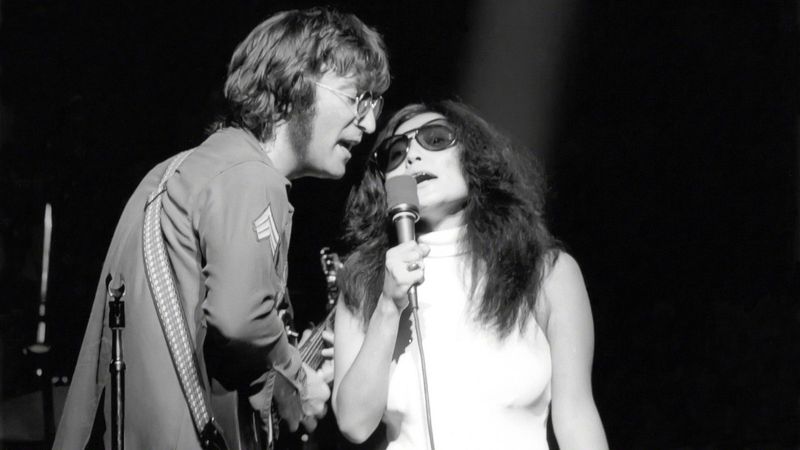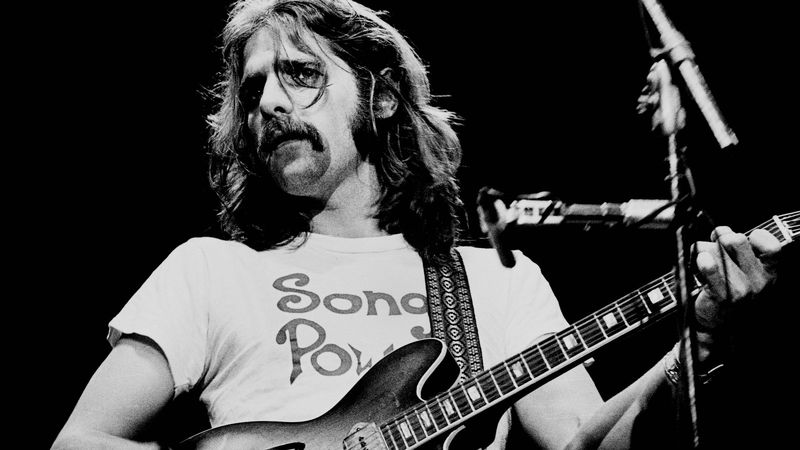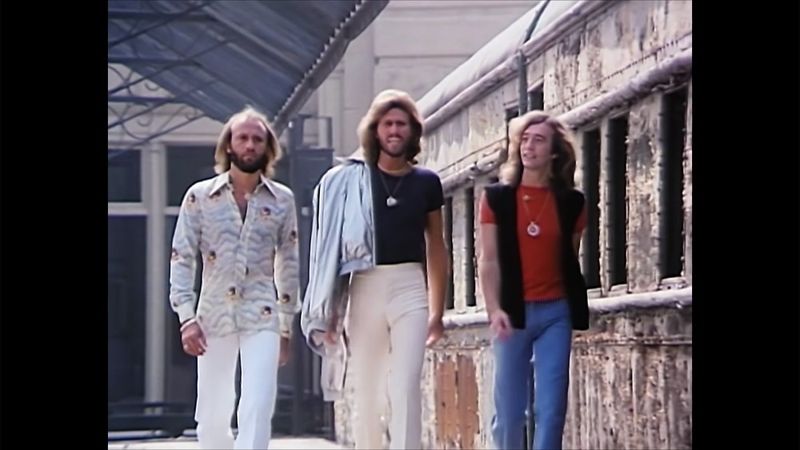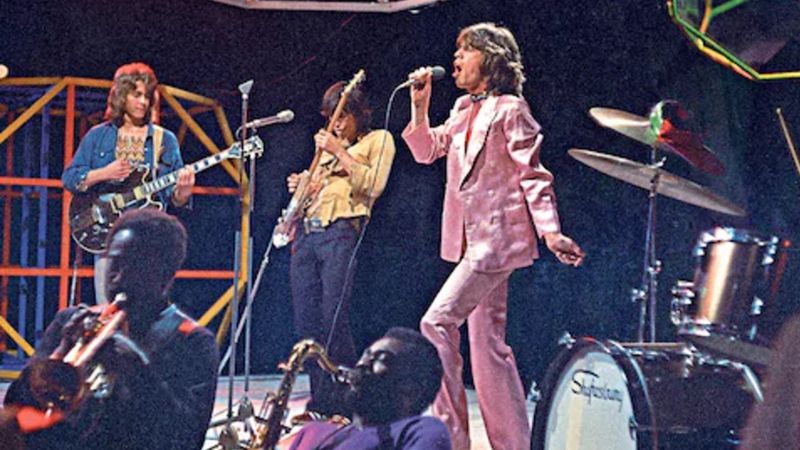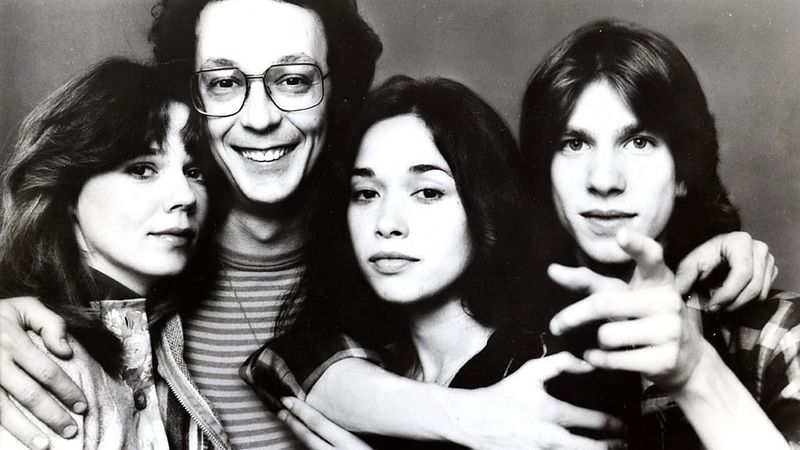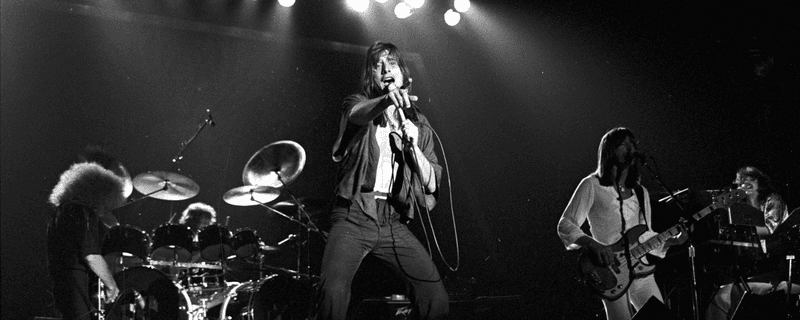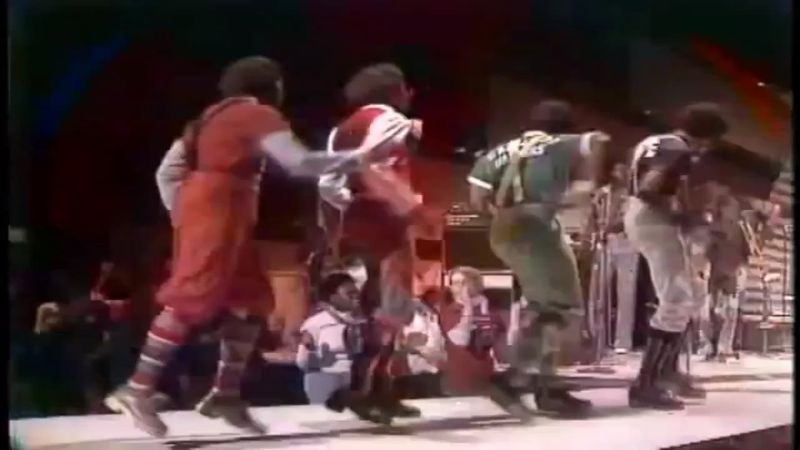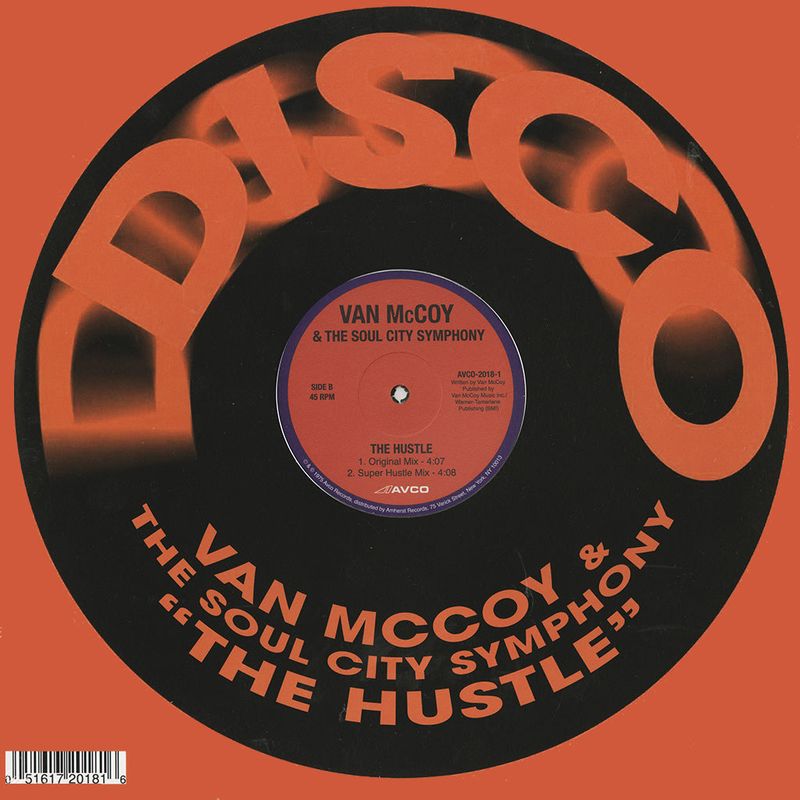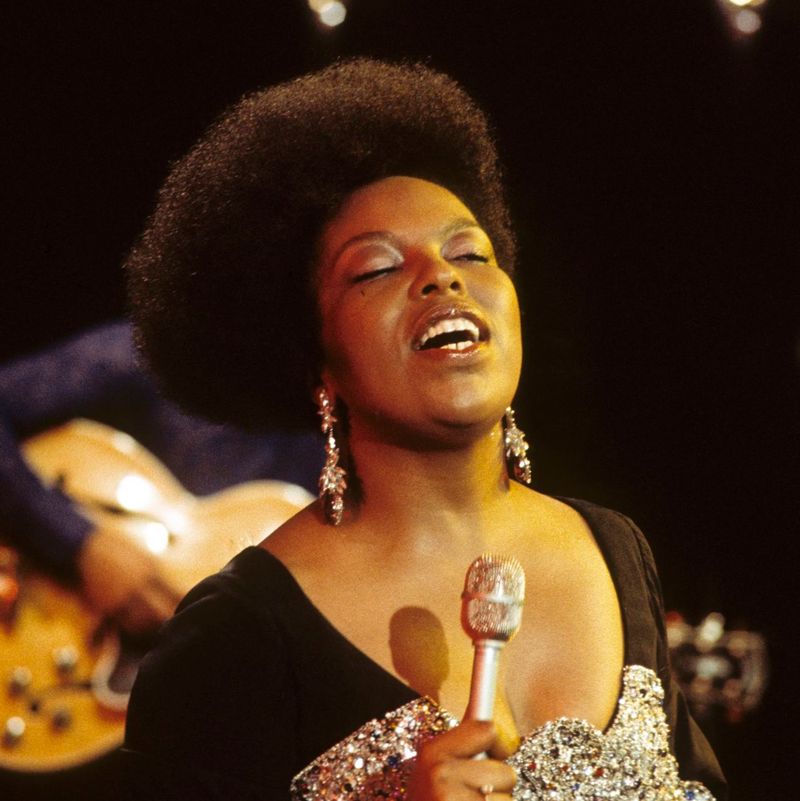The 1970s birthed numerous iconic songs that have etched themselves into musical history. However, beneath their well-known melodies lie intriguing secrets, controversies, and untold stories that few discuss. From legal battles over plagiarism to conspiracy theories and misunderstood lyrics, these songs carry fascinating narratives. Let’s delve into the lesser-known truths behind 15 legendary hits from the ‘70s, revealing the stories that have remained in the shadows for decades.
1. “Stairway to Heaven” – Led Zeppelin (1971)
A lawsuit that lingered for decades claimed that the famous opening riff of Led Zeppelin’s “Stairway to Heaven” was stolen from Spirit’s 1968 song “Taurus.” While the courts eventually sided with Zeppelin, many still believe the resemblance is undeniable. The case stirred discussions about originality in music, prompting debates on artistic influence versus plagiarism. Despite the controversy, “Stairway to Heaven” remains a rock masterpiece, capturing the essence of an era with its mythical lyrics and intricate guitar work. The legal battle only added to its mystique, solidifying its place in rock history.
2. “Imagine” – John Lennon (1971)
Though credited solely to John Lennon, “Imagine” owes much of its heart to Yoko Ono. Inspired by one of her avant-garde poems, the melody reflects her influence, an acknowledgment Lennon later admitted should have been a co-write. The song became an anthem for peace and unity, echoing Lennon’s vision of a world without borders. Its simplistic yet powerful lyrics invite listeners to dream of harmony. Ono’s uncredited role adds a layer of intrigue, reminding us that behind every great artist often lies a powerful muse.
3. “Hotel California” – Eagles (1976)
Conspiracy theories have long surrounded “Hotel California,” with some claiming it’s a Satanic anthem. Phrases like “You can check out any time you like, but you can never leave” have fueled speculation that the song symbolizes hell or eternal damnation. The Eagles have consistently denied these interpretations, asserting that the song merely explores themes of excess and entrapment in the California lifestyle. Its haunting melody and enigmatic lyrics continue to captivate audiences, inviting endless speculation and interpretation.
4. “Bohemian Rhapsody” – Queen (1975)
The operatic chaos in “Bohemian Rhapsody” has led many to speculate about hidden meanings, particularly regarding Freddie Mercury’s alleged LSD trips. The “Galileo!” section, with its dramatic flair, is seen as mirroring a psychedelic experience. However, Mercury himself remained tight-lipped about any specific references, allowing listeners to draw their own conclusions. This ambiguity, paired with the song’s innovative structure, has cemented its status as a timeless classic, celebrated for its boldness and creativity. Its mystery only adds to its allure, making it a favorite for generations.
5. “Dreams” – Fleetwood Mac (1977)
In a whirlwind of creativity, Stevie Nicks penned “Dreams” in just 10 minutes on a Fender Rhodes piano. At the time, her bandmates were focused elsewhere, unaware that she was crafting what would become Fleetwood Mac’s only #1 hit. The song’s ethereal quality, coupled with Nicks’ haunting voice, captures the essence of longing and introspection. Its swift creation adds to its magic, showcasing the spontaneous genius behind some of music’s greatest works. “Dreams” continues to enchant listeners, a testament to its timeless appeal.
6. “Superstition” – Stevie Wonder (1972)
Originally intended for guitar legend Jeff Beck, “Superstition” was kept by Stevie Wonder due to Motown’s insistence. Beck’s version saw the light of day later, yet it was Stevie’s rendition that soared in popularity. The funky rhythm and infectious melody captivated audiences, establishing it as one of Wonder’s signature hits. The backstory of a song nearly lost to another artist adds an intriguing layer to its legacy. “Superstition” endures as a testament to Wonder’s brilliance, illustrating how industry decisions can shape musical history.
7. “American Pie” – Don McLean (1971)
For decades, fans puzzled over the cryptic lyrics of “American Pie,” seeking to decode its meaning. In 2015, Don McLean finally confirmed that the song reflects on Buddy Holly’s tragic death, yet he left other interpretations open-ended. This enduring mystery invites listeners to explore the cultural and historical references embedded within the lyrics. The song’s narrative weaves a tapestry of American music history, resonating with a sense of nostalgia and loss. Its enigmatic nature continues to provoke thought and discussion among music enthusiasts.
8. “Stayin’ Alive” – Bee Gees (1977)
Beyond its disco anthem status, “Stayin’ Alive” holds a lesser-known role in life-saving medicine. The song’s tempo, at 103 BPM, is ideal for performing CPR chest compressions, a fact that has led to its adoption in medical training. This dual legacy, as both a dancefloor staple and a life-saving tool, adds a unique dimension to its history. The Bee Gees’ iconic harmonies and infectious rhythm capture the spirit of the era, ensuring its place within pop culture and beyond. Its unexpected use in healthcare is a testament to its enduring impact.
9. “Brown Sugar” – The Rolling Stones (1971)
Despite its catchy tune, “Brown Sugar” harbors darker themes that have sparked criticism over the years. Mick Jagger once described it as a “throwaway,” but its lyrics, touching on slavery and exploitation, have faced backlash. The controversy has led the Stones to rarely perform it live today. Yet, its gritty energy and unmistakable riff continue to resonate with fans. This juxtaposition of infectious music and provocative lyrics invites reflection on its cultural impact, challenging listeners to consider the narratives within.
10. “Rapper’s Delight” – Sugarhill Gang (1979)
As hip-hop’s breakthrough hit, “Rapper’s Delight” concealed an uncredited ghostwriter. The iconic lines, “I said a hip, hop, the hippie…” were penned by Grandmaster Caz, who received neither credit nor royalties. This oversight highlights the early challenges of recognition within the burgeoning hip-hop industry. Despite the controversy, the track paved the way for future artists, establishing a blueprint for rap’s commercial success. Its catchy beat and memorable lyrics ensured its place in music history, sparking an evolution in popular culture.
11. “Afternoon Delight” – Starland Vocal Band (1976)
“Afternoon Delight,” with its innocent melody, took radio waves by storm, yet beneath its lighthearted exterior lay a more risqué subject. The song alludes to daytime intimacy, a nuance missed by many DJs who played it frequently. This contrast between catchy tune and suggestive theme created both surprise and intrigue. Its euphoric harmonies and playful lyrics encapsulate a carefree era, while also sparking conversations about its true meaning. The song’s duality endures, proving that appearances can indeed be deceiving.
12. “Black Betty” – Ram Jam (1977)
Originating from African-American work songs in the 1800s, “Black Betty” found fame through Ram Jam’s rock rendition. The transformation from traditional to modern rock sparked debates on cultural appropriation and musical evolution. This juxtaposition of old and new imbues the song with historical depth, inviting listeners to explore its roots. Ram Jam’s electrifying version captured a new audience, bridging past and present. Its rhythmic drive and bold interpretation continue to resonate, challenging perceptions of heritage and innovation within music.
13. “Love Rollercoaster” – Ohio Players (1975)
An urban legend surrounds “Love Rollercoaster,” claiming a woman’s scream heard in the track was the result of a murder recorded live. The band, however, insists it was merely their producer. This macabre myth has only amplified the song’s allure, adding an eerie twist to its funky groove. The Ohio Players’ infectious rhythm and lively brass sections define the track, while the scream remains a haunting mystery. Such tales contribute to its enduring mystique, blending reality and fiction in the realm of music folklore.
14. “The Hustle” – Van McCoy (1975)
“The Hustle” emerged from a brief session as a last-minute disco creation, yet its success was anything but ordinary. Van McCoy’s quick composition process resulted in a Grammy-winning hit that inspired a global dance craze. Its catchy melody and distinctive rhythm captured the essence of the disco era, igniting dance floors worldwide. The song’s spontaneous origin story adds a layer of charm, illustrating how unplanned creativity can lead to monumental impact. “The Hustle” remains a symbol of disco’s vibrant energy and cultural influence.
15. “Killing Me Softly” – Lori Lieberman/Roberta Flack
Inspired by Don McLean’s performance, “Killing Me Softly” became a poignant ballad, though McLean never approved its creation. Lori Lieberman’s original rendition was overshadowed by Roberta Flack’s iconic cover, which brought the song international acclaim. This tale of artistic interpretation highlights the power of music to transcend its origins, resonating deeply with audiences. Flack’s soulful voice and emotive expression captured the song’s essence, ensuring its legacy within the canon of classic hits. The journey from inspiration to global sensation underscores the unpredictable path of musical success.
